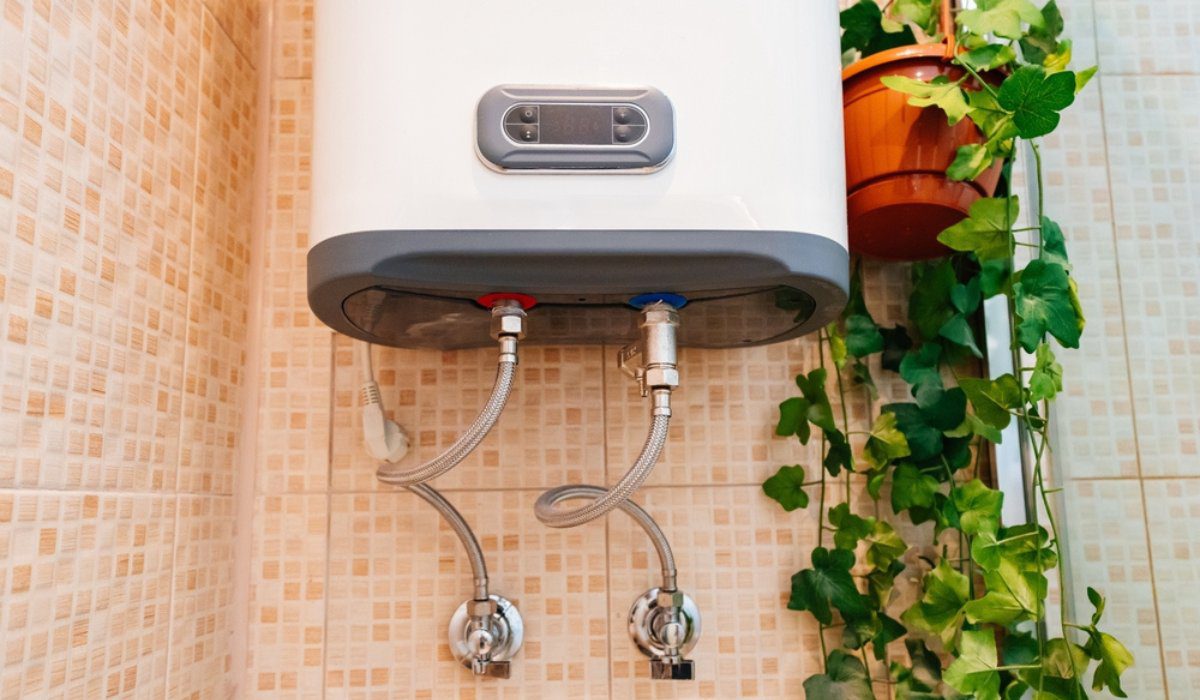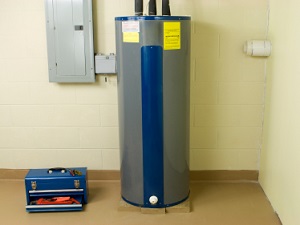Maintaining Your Home's Hot Water System: Essential GuidelinesEfficient Strategies for Maintaining Your Home's Hot Water System
Maintaining Your Home's Hot Water System: Essential GuidelinesEfficient Strategies for Maintaining Your Home's Hot Water System
Blog Article
What're your thoughts about How to Maintain Your Water Heater & Prolong its Life?

Hot water is crucial for everyday convenience, whether it's for a refreshing shower or washing meals. To guarantee your hot water system runs effectively and lasts longer, routine upkeep is key. This write-up offers functional tips and insights on just how to maintain your home's hot water system to stay clear of disruptions and expensive fixings.
Introduction
Maintaining your home's warm water system could seem difficult, however with a couple of straightforward actions, you can guarantee it operates smoothly for years to come. This guide covers whatever from comprehending your warm water system to do it yourself upkeep pointers and knowing when to hire professional assistance.
Value of Preserving Your Warm Water System
Routine upkeep not just expands the life-span of your warm water system yet additionally guarantees it runs successfully. Disregarding upkeep can bring about lowered performance, greater power bills, and also early failing of the system.
Indicators Your Warm Water System Demands Upkeep
Recognizing when your warm water system requires focus can protect against significant concerns. Watch out for indications such as inconsistent water temperature, weird sounds from the heating system, or corroded water.
Purging the Water Heater
Flushing your hot water heater gets rid of sediment accumulation, improving performance and lengthening its life.
Checking and Replacing Anode Rods
Anode rods protect against rust inside the storage tank. Inspecting and changing them when worn out is critical.
Facility Problems Requiring Professional Aid
Instances consist of major leakages, electric issues, or if your hot water heater is continually underperforming.
Regular Expert Maintenance Conveniences
Expert maintenance can consist of complete assessments, tune-ups, and guaranteeing conformity with security standards.
Inspecting and Readjusting Temperature Settings
Readjusting the temperature settings makes sure optimal efficiency and security.
DIY Tips for Upkeep
You can do several upkeep tasks yourself to keep your warm water system in top problem.
Looking for Leakages
Frequently inspect pipelines and connections for leakages, as these can result in water damages and higher costs.
Understanding Your Warm Water System
Before diving right into maintenance jobs, it's useful to recognize the fundamental parts of your hot water system. Commonly, this includes the hot water heater itself, pipes, anode rods, and temperature level controls.
Regular Monthly Maintenance Tasks
Normal regular monthly checks can help capture minor concerns before they escalate.
Examining Pressure Relief Valves
Checking the pressure safety valve guarantees it functions appropriately and avoids excessive stress buildup.
Shielding Pipes
Insulating warm water pipelines minimizes heat loss and can conserve energy.
When to Call a Specialist
While DIY upkeep is helpful, some issues call for professional experience.
Conclusion
Routine upkeep of your home's warm water system is essential for efficiency, durability, and expense financial savings. By following these ideas and understanding when to look for professional assistance, you can make certain a reliable supply of hot water without unexpected interruptions.
How to Maintain an Instant Hot Water Heater
Before tinkering with your hot water heater, make sure that it’s not powered on. You also have to turn off the main circuit breaker and shut off the main gas line to prevent accidents. Also turn off the water valves connected to your unit to prevent water from flowing into and out of the appliance. 2. When you’re done, you have to detach the purge valves’ caps. These look like the letter “T” and are situated on either side of the water valves. Doing so will release any pressure that has accumulated inside the valves while at the same time avoid hot water from shooting out and burning your skin. 3. When the purge valves’ caps are removed, you have to connect your hosing lines to the valves. Your unit should have come with three hoses but if it didn’t, you can purchase these things from any hardware or home repair shops. You can also get them from retail stores that sell water heating systems. Read the user’s manual and follow it to complete this task properly. When the hosing lines are connected, open the purge port’s valves. 4. You should never use harsh chemical cleaners or solutions when cleaning your unit. Make use of white vinegar instead. It should be undiluted and you’ll probably use about 2 gallons. 5. Now flush your water heater. This task should probably take about 40 minutes. We can’t give you specific directions for this because the procedure is carried out depending on the type, model and brand of your heater. With that being said, refer to the user’s manual. 6. When you’re done draining the unit, you have to turn off the purge port valves again. Remove the hosing lines that you earlier installed on each of the water valves. Put the valve caps (purge port) back in their respective places and be very careful so as not to damage the rubber discs that are found inside these caps. 7. Now that everything’s back in place, check your user’s manual again to find out how to reactivate your water heating system. 8. Once it is working, turn one of your hot water faucets on just to let air pass through the heater’s water supply pipes. Leave the tap on until water flows smoothly out of it. https://www.orrplumbing.com/blog/2014/september/how-to-maintain-an-instant-hot-water-heater/

I am very interested by Tips on Maintaining a Water Heater and I'm hoping you liked the article. Sharing is good. Who knows, you may just be helping someone out. Many thanks for your time invested reading it.
Go Deal Now Report this page